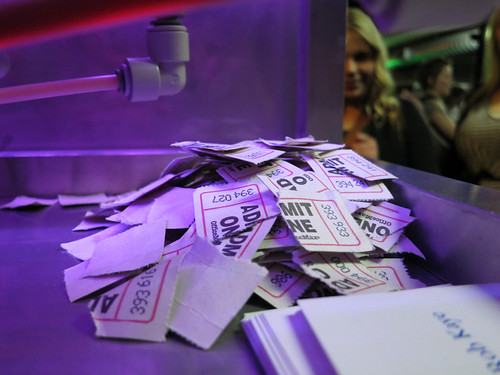
The Maker movement has truly been amazing to watch unfold over the last decade. Democratized information and tools have enabled widespread innovation and collaboration, creating dozens of hackerspaces and businesses in the wake. We love this and we want to be a part of it.
The issue of intellectual property is a tricky one. The patent was originally intended to protect inventors from large companies. After an individual would spend large amounts of capital for the required initial research and manufacturing, a large company with more capital could came along and create the same thing cheaper or faster, bringing the original inventor to ruins. The patent gave the original inventor a buffer period to create their products and provided a sufficient incentive for the populous to continue to innovate. At least that was the humble goal.
Today, patent struggles between giant corporations have crippling effects with injunctions and overall costs reaching into the billions. Patents now rarely belong to individuals, but to companies with ever increasing portfolios that they arm to wage war with. Is this really how we want to proceed? I've heard rumors of patent reform always being just around the bend, but that will be a slow and laborious process most likely. So what do we do until then? Well, it turns out that the ingredients of ubiquitous information on the internet, thriving online social networks and a slumping job market provide the right mix of time and resources to allow people to collaborate and contribute to projects they like, like never before.
Open source software has been around for decades and is the foundation of a lot of everyday objects...i.e. anything running Linux. It's only recently that we've started seeing open source hardware companies too like Sparkfun and Adafruit. Making software open source is a no-brainer, the costs of creating and shuffling bits is negligible, and the potential for people to add meaningful contributions or the code to provide educational benefit is a net positive for everyone. Hardware on the other hand still requires the moving of atoms: welding, machining, pcb fabrication, assembly, inventory all consume considerable energy and capital. By putting the files "out there" a company risks having their products knocked-off and made cheaper and to lower quality standards. How does a company protect their investment in their IP then?
The models are becoming more clear. A transparent business, with a growing community are fundamental to operating successfully. Also, trademarks and copyrights become much more important. The notion of someone making the same thing but better, or cheaper should be encouraged; this is why we do open source in the first place. Others must just follow the guidelines set forth by the copyright owner. Attribution and share-alike are common ones, meaning the person building on your work needs to also share it and give you credit. The person copying can't use the same trademarked name, and therefore can't steal the brand you've worked to build up too. The brand and community go hand in hand, and this is what people come back for. The support of the community, and to support the original creators.
Is an open source company, more or less lucrative as a business decision? Hard to say for sure, and it depends on the products and industry, but they can definitely both be run successfully. An open source company is likely more fun to run, and engages others to be a part of the process. Customer feedback flows quickly and more directly and qualified contributors don't need to be co-located but could live on the other side of the planet. The pros certainly seem to outweigh the risks, but there are examples of it not always working out like with MakerBot Industries and their recent pulling out of open-source. Is it the right decision for you? Is it the right decision for Party Robotics? Leave your thoughts in the comments.
Some more reading:
http://www.oshwa.org/definition/
http://blog.makezine.com/2012/02/14/soapbox-the-unspoken-rules-of-open-source-hardware/
A good book on the topic, covering crowdfunding as well:
Makers: The New Industrial Revolution

















